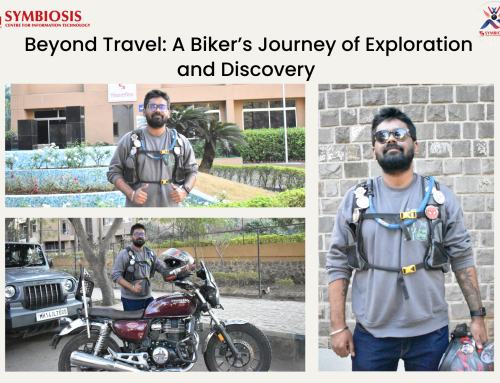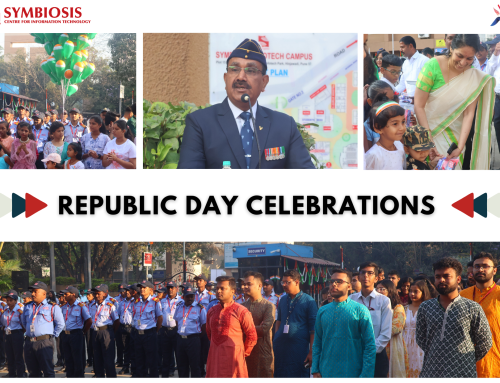E-TALK: AGILE AND DEVOPS WAY OF WORKING

Owing to the popularity of Agile and DevOps amongst the students, a guest lecture was arranged on the same. The speaker, Mr. Rituraj Patil, works as a Senior Analyst at Tetra Pak and has over 10 years of experience as a Scrum Master and Agile Coach. Apart from having worked on Agile, Design Thinking & DevOps Oriented Development, Delivery and Ways of Working for Cloud & IoT Based IT Products and Services, he has also completed various certifications like Project Management Professional (PMP), SAFe 5.0 Agilist, Scrum.org Certified Professional Scrum Master, ITIL, and ISTQB.
Mr. Patil kick-started the lecture by introducing the students to some statistics which indicated that the industry has been severely affected by the pandemic. Later on, he also mentioned some statistics that were on the positive side. The speaker then went ahead to explain the difference between Waterfall Model and Agile Model. He said that the Waterfall model has quite a few drawbacks such as no behind-the-scenes for customers, no changes mid-cycle, and 6 months to 1 year for final delivery. Agile Model on the other hand has iterative and incremental cycles along with continuous development and release. Scrum Framework is the most widely used Agile Model.
Moving on, Mr. Patil said that DevOps is a methodology/mindset/culture where the Scrum team can use DevOps to make sure that automation is done, continuous development and continuous delivery is ensured, deployment and build are done faster, and efficiency and productivity are increased. DevOps can also be classified as a collaboration between the development team and the operations team. It is all about small deployments in addition to agile and automation for the operations team. The speaker also portrayed DevOps as a three-stage conversation which consists of People, Process and Products.
The speaker then spoke about how bottlenecks can cause hindrances which affect the potential. For example, the development team while handing over a code, a document, or a product to the operations team leads to bottlenecks due to a wall of confusion in between. Identifying and removing these bottlenecks makes the key difference.
Next, Mr. Patil gave an overall idea of the seven stages of the DevOps lifecycle while also mentioning the tools used for each of these steps. He also gave a tutorial on GitHub to the students. Apart from this, he also listed all the DevOps practices that are widely used such as Continuous Integration, Automated Testing, Continuous Deployment, Release Management, App Performance Monitoring, etc. Finally, he listed the benefits of DevOps which are: 60 times fewer failures, improvements in IT performance along with competitive advantage, and 30 times faster code deployment.
The lecture ended with a Question and Answer session where the speaker enthusiastically answered all the queries in great detail. All in all, it was an informative session that proved beneficial to the students.















